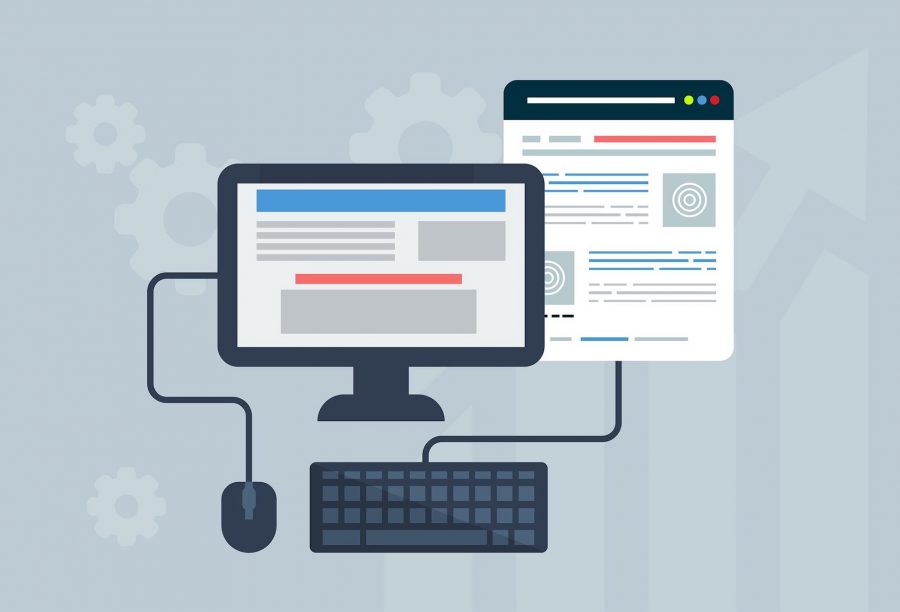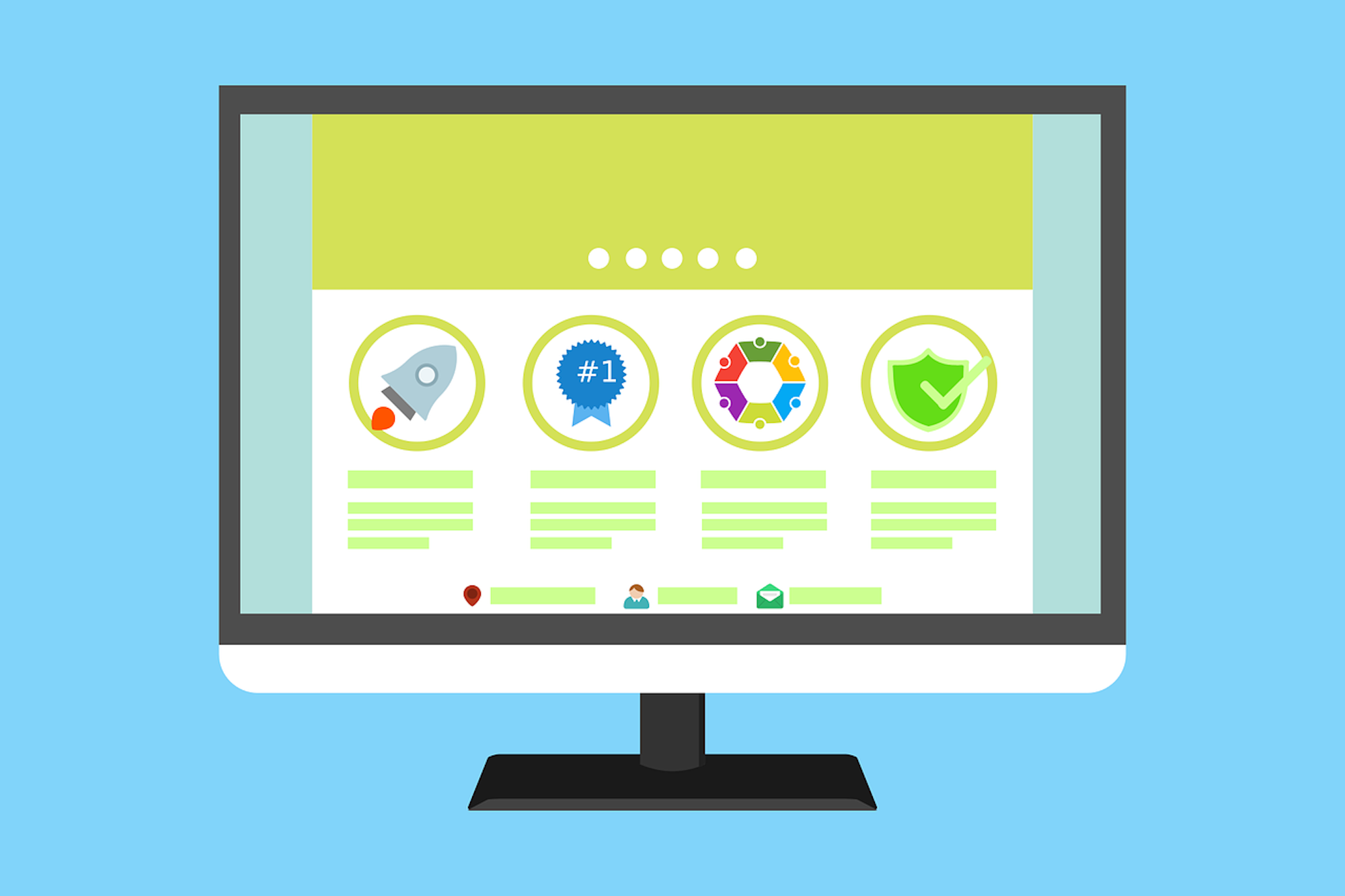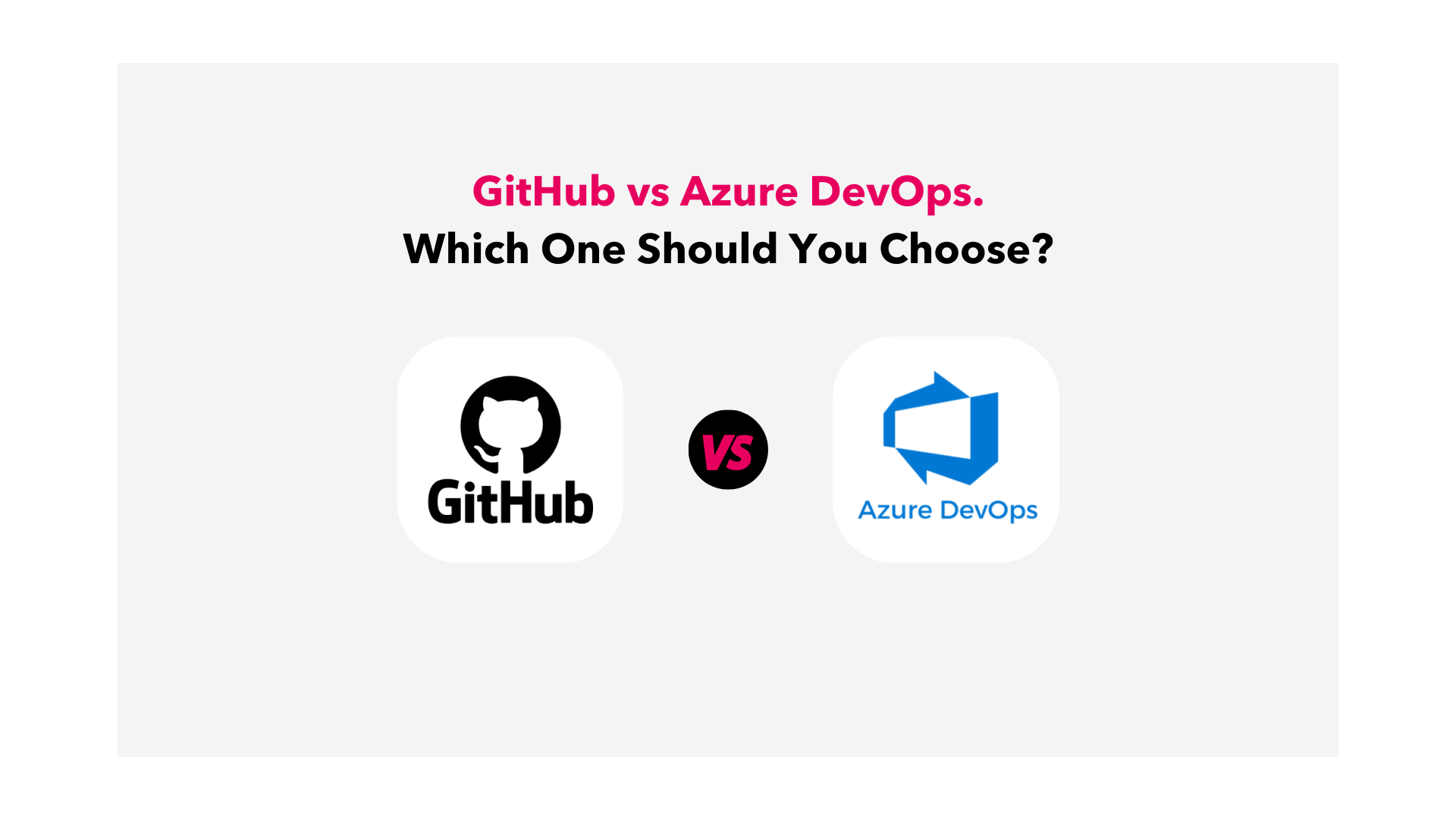
The demand for web development is rising every day as applications and websites become mainstream in online business. However, this popularity is also making it a frequent target for attackers. Thus, one of the biggest fears of web developers is an attacker finding a hole in their system before they do. Today let’s learn how to prevent potential security vulnerabilities in web development.
Therefore, development managers have to check for vulnerabilities regularly. Identifying and preventing them in time can help make them less susceptible to attacks. A successful attack on a company’s network can cause substantial financial losses and severe damage to the company’s reputation.
But that’s not to scare you if you’re starting your web development job. Security vulnerabilities are preventable, and there are several ways to stop them from happening. The key to preventing them is having proper knowledge of the most common security vulnerabilities.
Primarily, you need to understand everything. Right from how attackers can target your network to knowing how to prevent a possible attack from happening. This blog will help you understand these security vulnerabilities inside out.
Here’s all you need to know.
The Impact Of Security Vulnerabilities On A Company
You need to understand the impact of security vulnerabilities in web development. In-depth knowledge about the threat they pose to your business will help you respond with urgency. You need to always keep in mind that a web development security breach can be devastating.
One of the most significant risks is the exposure of sensitive business data. Every company has sensitive data that should be protected at all costs, and attackers are always looking for ways to access it. Passwords, credit card numbers, health information, and personally identifiable data make up most of this data.
Cyber-attacks lead to severe economic impacts whenever they occur. As a business owner, you will have to incur various costs to repair your network after a security breach. Financial losses and legal repercussions may also arise if attackers use the stolen data for bank theft.
As mentioned earlier, the reputational damage can also be severe. Businesses will find it hard to make a profit if their audiences do not trust them. A security breach can erode the trust your company has built for years. Stolen customer data can be used to scam other people or steal money from the same customers.
Reputational damage can go further to affect your relationship with suppliers. That tells you that the impact of these vulnerabilities can be severe. Therefore, it is vital to ensure that you define these challenges and develop responses to them whenever they occur.
Understanding Web Development Security Vulnerabilities
Defining the security vulnerabilities your network could be exposed to is vital. In this section, we look into the security challenges your network could be exposed to. We also explore how you can respond to every type of security attack we’ve covered here.
1. Broken Access Control (Authorization Failure)
E-commerce websites are the most vulnerable when it comes to broken access control attacks. Different types of visitors click on a commerce site. Some could be sellers looking to add their goods to the marketplace or buyers looking to browse through various products on the website.
As the web development manager, you need to give every type of user a specific set of rights on the website. The rights should allow them to access only particular parts of your website and take particular actions. You cannot give the buyer access to a seller’s portal as they do not need it.
Attackers take advantage of this to infiltrate your network and cause a data breach. For instance, they can weaken your access control features and make it easy for anyone to enter your network. They alter the user rights and make it difficult to censor people trying to enter your system.
How To Prevent It
Implementing a security-first policy in the web development stage can help you avoid this attack. Ensure that you also centralize all the authorization decisions. That will help you reduce security holes that could be sources of different vulnerabilities.
Another thing is to deny access by default during the development stage. A one-time access control mechanism can also be helpful when looking to secure your network. You can also disable webserver directory listing and prevent data storage on web roots.
2. SQL Injection

SQL injection attacks are popular with hackers today, and learning to prevent them can be helpful. There are different injection points on a website, and they also act as security holes for hackers. An attack on an injection point involves the introduction of a malicious SQL statement to your network.
The primary objective of SQL injection attacks is gathering sensitive data from your network. As a web developer, you need to close all potential security holes attackers could be planning to exploit. A successful SQL injection attack can lead to modification of your business data.
Consequently, you could end up losing the trust of your customers. Customer information such as names, place of residence, and credit card information is sensitive. You risk losing revenues should customer data end up in the wrong hands, as attackers can even take control of your OS and database server.
Web developers need to arm themselves with the right skills to prevent threats like SQL injections. Whether you’re developing an e-commerce site or a corporate portal, understanding how SQL operates is vital in securing your databases from potential breaches. Embarking on a learning journey can equip developers with practical SQL knowledge, enabling them to anticipate and effectively react to security challenges. Gaining these skills helps create secure data environments that protect customer information and uphold business reputation.
How To Prevent It
One of the best defenses you have is migration to Object Relational Mapping Tools. You can also find the best way to make the most of controls, including LIMIT. That helps to mitigate the chances of experiencing mass disclosure of records, putting your network at risk.
3. XML External Entities
There has been an increase in XML injection attacks in today’s online environment. Any security holes such as a weakly configured XML parser can expose your network to this attack. As a web developer, you need to ensure that you have configured your XML parser correctly.
A successful XML injection attack can have a massive effect on your network. An attacker can inject additional data into your system, steal your data, etc. Leaving your XML parser in the same state it comes in could expose you to an XML attack, as the parser has minimal or no security at all.
How To Prevent It
The safest way to stop an XML injection attack is completely disable Document Type Definitions. You can also disable external document-type declarations if you cannot disable DTDs altogether. Alternative simple data formats such as JSON that you can also use to protect your network from vulnerabilities.
You also need to filter input into your system, and there are different ways to do it. The first thing that you need to do is implement a positive server-side method. Patching and upgrading XML processors will also play a vital role in securing your network.
4. Security Misconfiguration

One of the critical threats to your web development is security misconfigurations. They expose your network and make it easy for attackers to access your private data. You need to check that everything on your website has the correct configurations to prevent security risks effectively.
Some common misconfigurations include unpatched flaws, unused pages, and unprotected files. Attackers use these misconfigurations to enter your system and modify or steal your data. It is also worth noting that entry-level aspects of the website you develop are the most vulnerable.
Your network will get exposed if you do not put the correct security measures on the website. Attackers can steal personal and business data and then use it for their benefit. They can also take control of user accounts and end up messing up your system.
How To Prevent It
Transferring your data through a secure system can help you avoid misconfiguration attacks. A residential proxy or HTTPS can support secure data transfer between users and your business server. You need to auto-verify the effectiveness of your security configurations often to be sure you’re safe.
It would be best if you also used secure channels to perform admin tasks remotely. You also need to activate protocols that only work on slow connections through secondary encryption channels. Checking file integrity is one of the best methods you can use to check the integrity of files.
5. Cross-Site Scripting (XSS)
Your users’ security has to be a concern for you and your business. One of the most significant vulnerabilities you have to be aware of is Cross-Site Scripting (XSS). Such an attack can inject malicious code and then execute it on the client side by running it on an application.
The fact that it executes the code on the client’s side makes users vulnerable. It sends malicious codes to user accounts to steal critical personal data and use it for malicious intent.
Attackers can also gain full access to your network if they successfully infiltrate it using this attack.
How To Prevent It
One of the ways that networks get exposed is by the implementation of blacklists. Whitelists are better at preventing security vulnerabilities and are therefore a better option. You can also enable a content security policy to mitigate cross-site scripting vulnerabilities on your network effectively.
Another thing that you can do is use modern frameworks. That is because they make it easier to escape untrusted user input that could expose your network further. In addition to preventing authentication failures during web development, implementing SCIM provisioning benefits can significantly enhance the security management of user identities. This standard improves interoperability between identity systems, automating many of the provisioning tasks that are often error-prone when handled manually. Understanding output encoding and how it works can also help improve website security.
The best thing about output encoding is that it converts user input into a secure format. That means the system will display the input to the user as data. There’ll be no need to execute the data as code in the browser because it won’t find the data helpful after conversion.
6. Authentication Failure
Another threat that your network may face is an authentication failure. This risk occurs when you fail to implement the proper user controls during web development. Authentication-related risks can be severe when they occur with the effects affecting your company networks and user accounts.
An authentication attack can target your entire system or a specific user account. When targeting a particular account, attackers like using credential stuffing. This method can take longer, but attackers are patient enough to test a long list of passwords until they gain access to your network.
Attackers can also use a brute force attack to access your system. Like the credential stuffing technique, hackers try different patterns of characters until they gain access to your system. Sometimes, they can use session hijacking when every other method fails.
How To Prevent It

As a developer, you understand the benefits of code testing before deployment. Doing it can help you avoid attacks, and using external attacks auditing will also help. It would be best if you also were careful during deployment as using default credentials can expose your network.
Another thing you can do is implement multi-factor authentication on your site. You should also avoid limiting the number of characters that users can enter in the credential box. However, you need to limit login attempts to help identify an attack attempt.
Conclusion
Those are some of the potential security vulnerabilities that web developers need to be aware of and prevent. With the internet facing more and more possible security breaches every day, many companies are losing their business and customer data. The first security hole on a network occurs at the web development stage.
The best thing to do is to follow the best practices of web development. You can also automate most of the tasks in web development and conduct regular tests to verify that everything is working fine. You can also take the insights we’ve mentioned above into your web development strategy.
They’ll help you minimize the risks that security vulnerabilities expose you to during the development stage. You will also build a robust infrastructure so that malicious people and software won’t infiltrate easily. It is also worth noting that there are many more vulnerabilities that your network could face.
The vulnerabilities your network could face depend on the circumstances. Your exposure to threats also depends on how well you’ve followed the best practices of web development. You, therefore, need to analyze your situation and check if you could be facing any of these threats or others that aren’t on this list.

